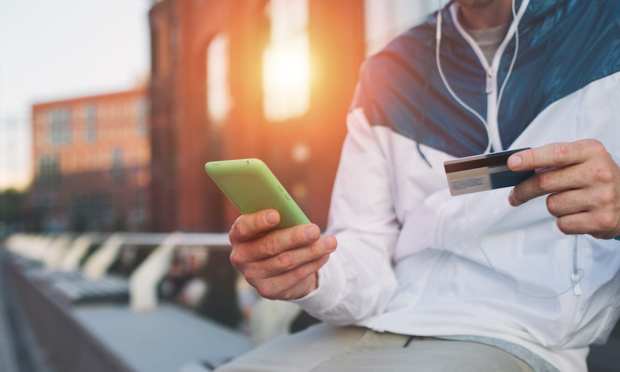44M ‘Invisible Consumers’ Want Credit And Control, New PYMNTS Study Shows

When it comes to issuing credit, one of the biggest blocks of available consumers in the U.S. also happens to be nearly impossible to see. That’s because some 44 million American consumers — particularly younger ones — are currently “invisible” within the credit system, and are stuck in a loop of using mostly debit cards to pay for things in the face of very limited alternatives.
Nonetheless, new research conducted by PYMNTS and Sezzle demonstrates that those consumers want access to credit — as well as the spending flexibility that goes with it — even though their low FICO scores or thin credit files might suggest otherwise.
That lost access isn’t just a loss to the consumer whose buying power is limited to the contents of their checking account — it also amounts to lost sales for merchants who are unable to turn retail aspirations into fresh revenue.
Fortunately, the market sees this and is changing, as FinTechs are moving into the space and finding new ways to bring millions of “credit invisibles” into the big tent by offering alternative options. And as the data shows, those customers not only want access to the benefits of having credit, but they also want a predictable way to manage and control their monthly payments.
As a result, providers that can offer this financially underserved demographic a shot at accessing credit are in a position to reap the rewards of this largely untapped opportunity.
Enter The BNPL Opportunity
Buy now, pay later (BNPL) has already grown rather explosively over the last few years, buttressed by consumers who have come to find the installment payment products to be a more transparent and manageable approach to credit. Perhaps unsurprisingly, that excitement is most clearly visible in among underserved consumers, for whom the products have opened up a whole new world of spending opportunities.
According to the PYMNTS/Sezzle data, underserved consumers are three times more likely to use a BNPL service at checkout than other consumers. While 51 percent of all BNPL customers tap the service in hopes of raising their credit scores, that rate is even higher for financially underserved consumers.
In fact, 77 percent of shut-out consumers and 70 percent of second-chance consumers view it as an option to improve their ability to buy things they want without overspending, while a significant share of shut-out consumers who used BNPL (46 percent) report that it made it possible for them to make purchases they could not have otherwise afforded.
Moreover, the data indicates, consumers of all kinds are looking for payment experiences that help them save money, remove friction and provide extra value. Many consumers cite a fear of overspending, high fees and interest rates among the top reasons why they do not want credit cards. Among those without credit cards, 35 percent of worry-free consumers and 37 percent of second-chance consumers stated that they do not want cards because interest rates are too high.
Moreover, the data documents, there is a widespread perception — particularly among the underserved — that BNPL is the better option for controlling their spending while simultaneously expanding their buying power. Among respondents who had experienced debt collection issues in the past, awareness of BNPL options is acutely higher, coming in at 72 percent and 64 percent of second-chance and shut-out consumers, respectively.
Building Credit With Debit
While BNPL is one method of extending credit to the otherwise underserved that is rapidly gaining ground in the U.S. and around the world, it’s not the only way. Earlier this month, Credit Sesame rolled out its Sesame Cash pilot program, designed to help consumers build their credit by responsibly using their debit cards.
As Sesame CEO Adrian Nazari told Karen Webster, “credit invisibles run the gamut of individuals and families — immigrants or younger consumers (18+) who are spending money on a day-to-day basis, buying goods and services with cash or debit cards.” They also fly under the radar of traditional credit scoring systems and get locked into a vicious cycle that keeps them invisible, because credit bureaus don’t track cash usage.
In turn, those consumers can’t get loans that would build their credit, and they can’t build credit without getting the loans — a scenario that creates a classic “catch 22” of financial services.
It’s a situation that can’t be allowed to continue, said Nazari, given the technology and tools that are available today to break away from antiquated FICO scoring models in favor of using real-time data to determine consumers’ credit risk. As a result, he noted, those 44 million invisible consumers present a great opportunity for nimble FinTechs like Sesame, Sezzle and the growing list of BNPL and alternative financial service providers.
“For someone who is living paycheck to paycheck, having access to credit is a safety net — not a luxury,” he noted.
